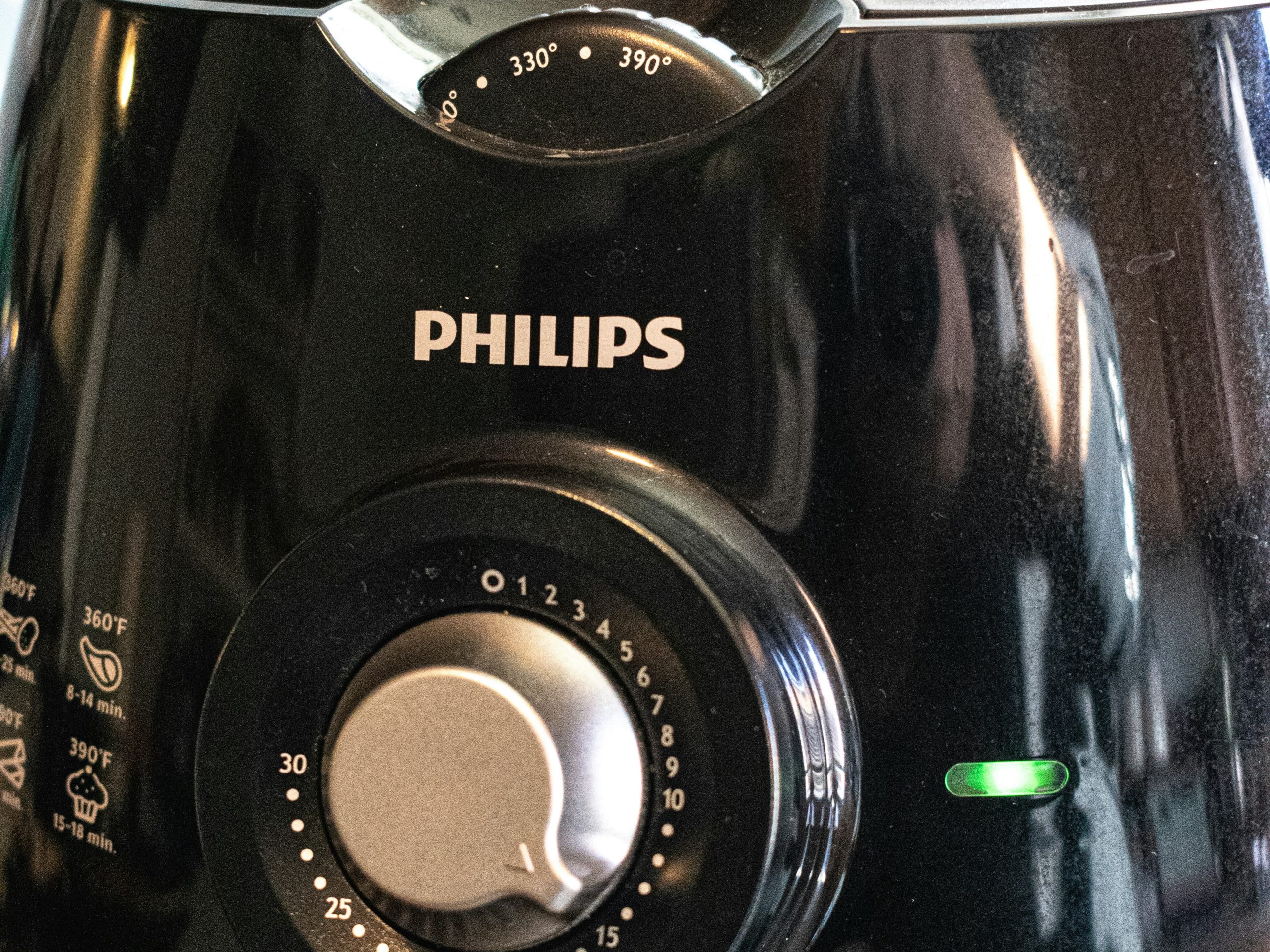Air fryers have become a popular kitchen appliance due to their ability to cook food quickly and with less oil. But how exactly do they work? Understanding the technology behind air fryers can help you make the most of this versatile appliance. In this article, we’ll break down the science and mechanics that make air frying possible.
1. The Basics of Air Fryer Technology
At its core, an air fryer is a countertop convection oven. It uses a combination of powerful fans and a heating element to circulate hot air around the food. This rapid air circulation creates a crispy layer on the outside while keeping the inside moist and tender.
2. Rapid Air Technology
Air fryers utilize what’s known as Rapid Air Technology. This involves:
- High-Speed Air Circulation: The air fryer’s fan circulates hot air at high speeds, which surrounds the food and cooks it evenly from all sides.
- Convection Heating: Similar to a convection oven, the heating element in an air fryer heats the air to the desired temperature, and the fan distributes this hot air around the food.
3. The Cooking Process
Here’s a step-by-step look at how the cooking process works in an air fryer:
- Preheating: When you turn on the air fryer, it quickly heats up to the set temperature, usually within a few minutes.
- Air Circulation: The fan then circulates the hot air around the food, ensuring even cooking. The high-speed air movement helps achieve a crispy texture similar to deep frying but with significantly less oil.
- Cooking Chamber: The cooking chamber or basket holds the food and allows hot air to flow around it. The design ensures that the food cooks evenly from all sides.
4. Temperature Control
Air fryers come with adjustable temperature controls, typically ranging from 175°F to 400°F (80°C to 200°C). This allows for precise cooking of different types of food. The ability to control the temperature ensures that you can cook a wide variety of dishes, from delicate vegetables to hearty meats.
5. The Role of Oil
While air fryers require much less oil than traditional frying methods, a small amount of oil is still often used to enhance flavor and achieve a crispy texture. Typically, you’ll need just a tablespoon or less. The hot air rapidly circulates around the oil-coated food, creating a crispy outer layer while the inside remains tender.
6. Types of Air Fryers
There are several types of air fryers, each with its own unique features:
- Basket Air Fryers: The most common type, featuring a basket that holds the food. These are ideal for small to medium-sized meals and are easy to use.
- Oven-Style Air Fryers: Resembling a small convection oven, these models often come with multiple racks and more cooking space, making them perfect for larger meals.
- Paddle Air Fryers: These have a built-in paddle that automatically stirs the food, ensuring even cooking without the need for manual shaking or flipping.
Understanding the technology behind air fryers can help you make the most of this innovative appliance. By using Rapid Air Technology and convection heating, air fryers can cook food quickly and evenly, with a crispy texture and minimal oil. Whether you’re a seasoned air fryer user or just getting started, knowing how your air fryer works can enhance your cooking experience and help you achieve delicious results every time.

